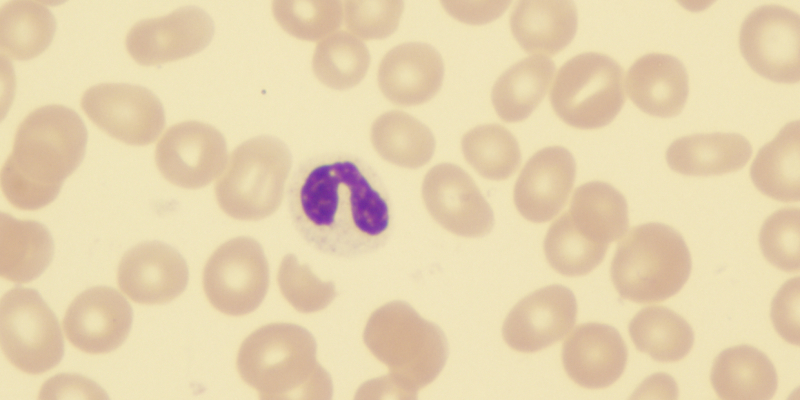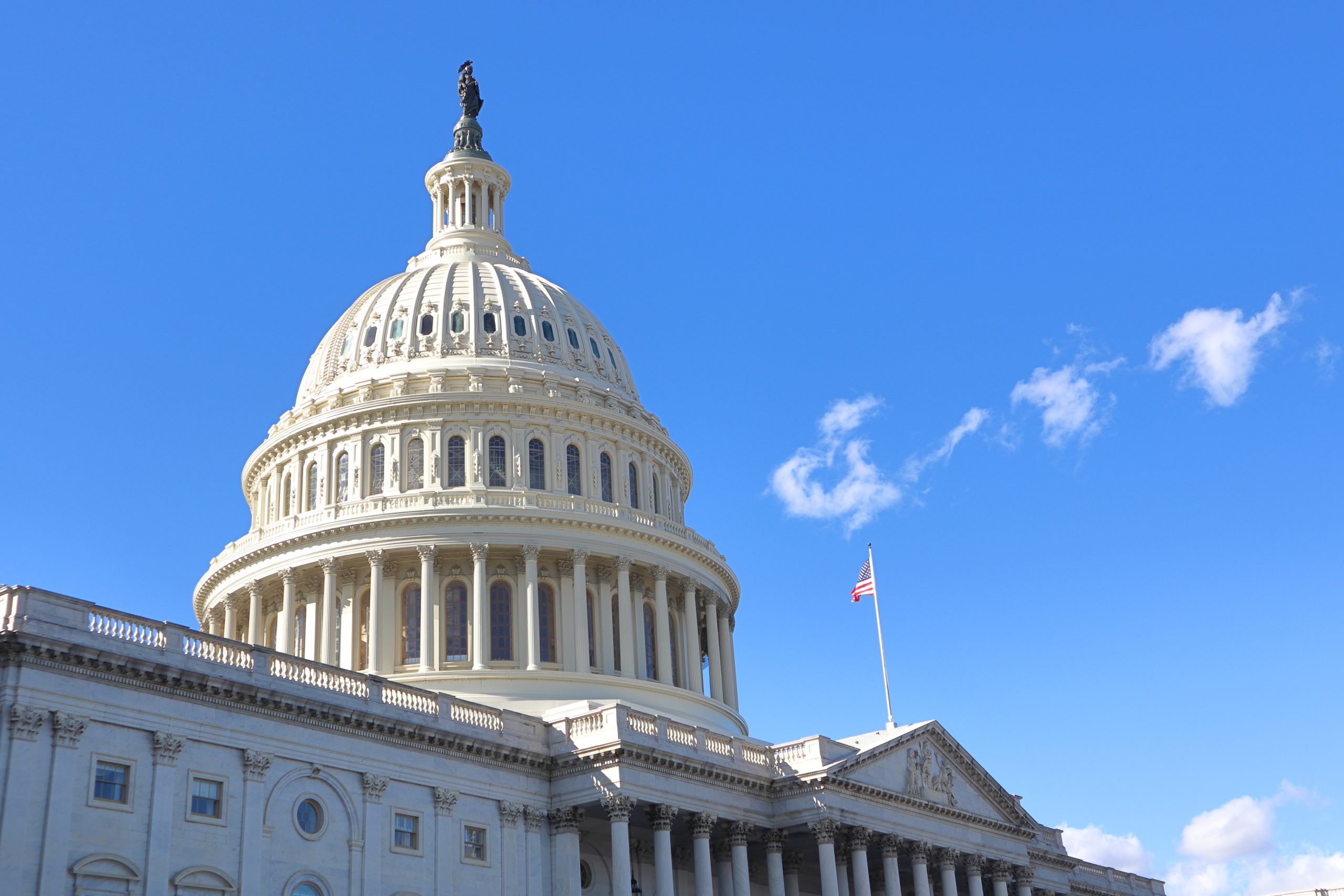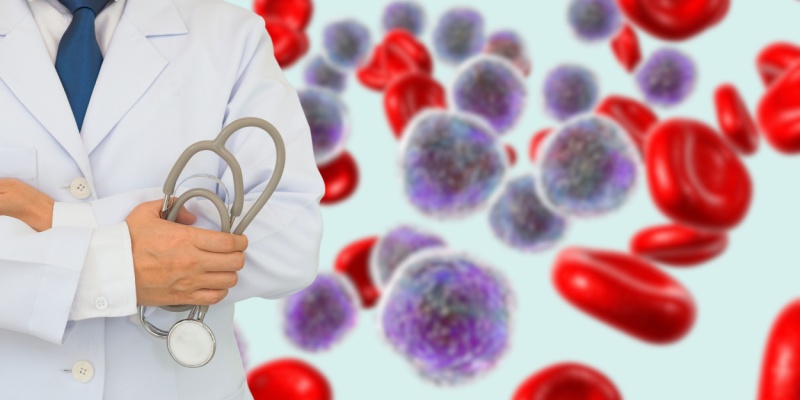
Patients with myelodysplastic syndromes (MDS) who received active therapy soon after their diagnosis survived nearly twice as long as those treated with a supportive care/watchful waiting strategy, according to a recent study.
Maria Julia Montoro, MD, PhD, of the Hospital Universitari Vall d´Hebron in Barcelona, Spain, and colleagues conducted the prospective, observational ERASME study to assess the “evolution of newly diagnosed and treatment-naïve high-risk MDS patients.”
The study included 204 patients who had a median age of 73 years. Nearly all (94.6%) patients had comorbidities, 69.6% had an Eastern Cooperative Oncology Group performance status score of 0-1, and 54.4% were male.
Most patients (52%) received active treatment, which was the most common strategy, followed by hematopoietic stem cell transplantation (HSCT; 25.5%) and supportive care/watchful waiting (22.5%).
The overall event-free survival (EFS) was 7.9 months. The median EFS was 9.1 months in patients receiving active treatment, 8.3 months in those who received HSCT, and 5.3 months in those undergoing supportive care/watchful waiting.
The overall PFS was 10.1 months. The median PFS was 12.9 months in patients receiving active treatment, 12.8 months in those who received HSCT, and 4.3 months in those undergoing supportive care/watchful waiting.
The overall survival (OS) for all patients was 13.8 months. The median OS was 15.4 months in those receiving active treatment, 14.9 months in those who received HSCT, and 8.4 months in those undergoing supportive care/watchful waiting.
Most patients (72.6%) experienced a grade ≥3 adverse event, with 60.6% experiencing serious adverse events, and 33.1% dying due to adverse events. Second primary malignant neoplasms occurred in three patients at a median of 8.2 months.
“This study highlights the importance of initiating active treatment in newly diagnosed intermediate-2/high-risk MDS patients. This treatment group showed results with higher EFS, PFS, and OS values than those related to patients under another therapeutic strategy within the same risk group,” Dr. Montoro and colleagues concluded. “Ultimately, selecting an active treatment for [high-risk] MDS patients had a protective effect against the risk of events, disease progression, and death.”
Reference
Montoro MJ, Pomares H, Coll R, et al. Evaluation of the outcomes of newly diagnosed patients with high-risk myelodysplastic syndrome according to the initial therapeutical strategies chosen in usual clinical practice. Leuk Lymphoma. 2022. doi:10.1080/10428194.2022.2154604






 © 2025 Mashup Media, LLC, a Formedics Property. All Rights Reserved.
© 2025 Mashup Media, LLC, a Formedics Property. All Rights Reserved.